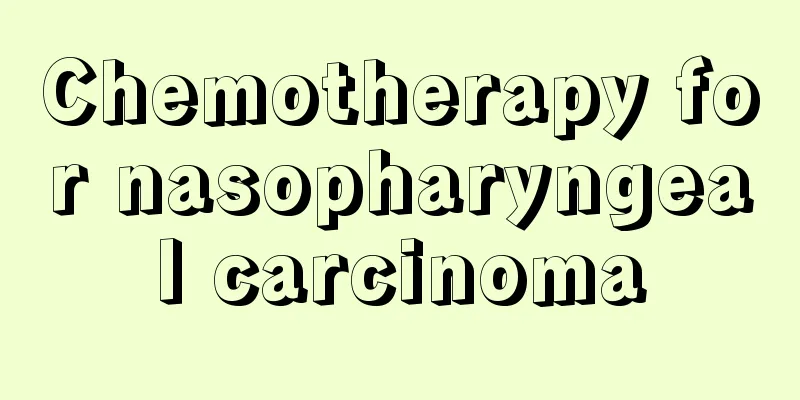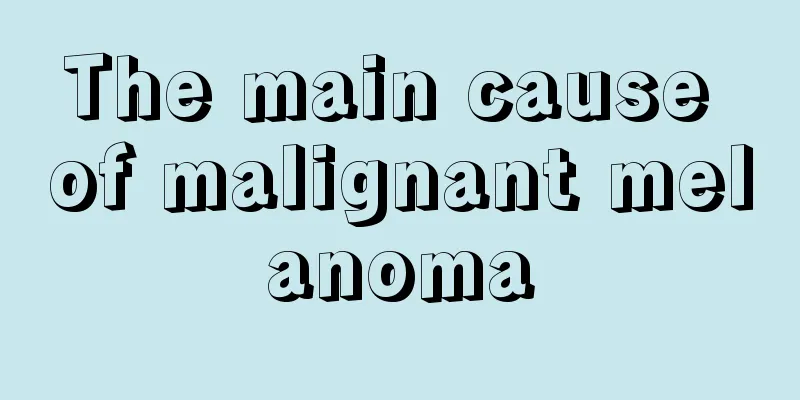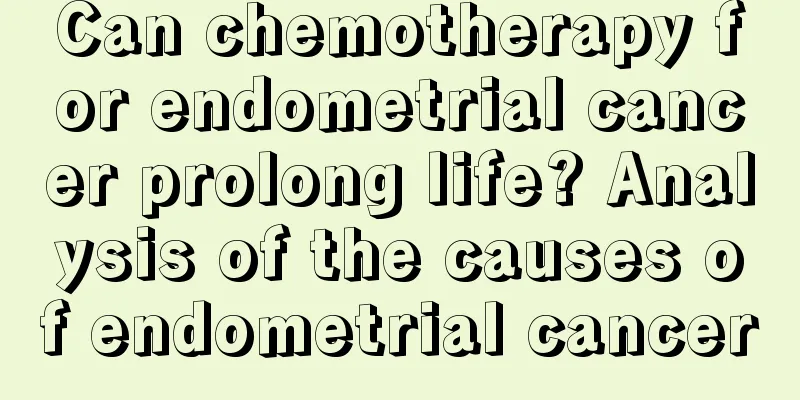Chemotherapy for nasopharyngeal carcinoma

|
Nasopharyngeal carcinoma (NPC) is a radiotherapy-sensitive tumor. Its treatment principle has always been conventional radiotherapy. Radiotherapy alone has a high cure rate for stage I and II NPC. Once distant metastasis occurs, the prognosis is very poor. Radiotherapy alone has a poor effect on locally advanced NPC in stages III and IV without metastasis. For AJCC/UICC-5 stage III-IV, the role of radiotherapy alone is limited for such patients. Radiotherapy combined with chemotherapy has become the standard treatment method, but the time sequence of radiotherapy and chemotherapy, drug dosage, chemotherapy cycle and the best chemotherapy drug are still controversial. The respective efficacy and best regimen are difficult to determine. The sample size of some non-randomized studies is too small, and the optimal number of courses is unknown. Some published results do not indicate whether distant metastasis is the only or first cause of treatment failure. Some randomized trials have evaluated the role of induction chemotherapy, synchronous chemotherapy, and adjuvant chemotherapy. 1. Induction chemotherapy: It is mostly used for patients with locally advanced nasopharyngeal carcinoma or patients with large cervical lymph node metastasis. The effective rate is more than half, and the complete remission rate is 10% to 40%. Phase III randomized studies have shown that induction chemotherapy reduces the local recurrence rate and distant metastasis rate, but fails to improve the survival rate. The treatment-related mortality rate is 8%. Most scholars have a negative attitude towards the ability of induction chemotherapy to improve the survival rate of patients with nasopharyngeal carcinoma. Indications for induction chemotherapy: T3-4, giant lymph node metastasis. The most commonly used drugs are DDP+5-Fu. The standard dose and chemotherapy course have not yet been unified, resulting in large differences in the efficacy of clinical reports. Most authors believe that neoadjuvant chemotherapy should be given for at least 3 cycles, and lower doses are not enough to kill micrometastases and will produce the opposite effect. Amr et al. believe that patients with nasopharyngeal carcinoma who have received at least 3 cycles of neoadjuvant chemotherapy have a poor response rate to induction chemotherapy and can be regarded as high-risk patients who should undergo radiotherapy as soon as possible. 2. Advantages of synchronous chemotherapy for NPC: (1) It is more conducive to chemotherapy sensitizing hypoxic cells; (2) It is conducive to the inhibition of DNA damage repair after radiotherapy; (3) It produces synergistic effects in inducing tumor cell apoptosis and eliminating tumor cell radioresistance, thereby enhancing the tumor killing effect; (4) It helps to eliminate distant subclinical metastases. 3. Adjuvant chemotherapy regimen for nasopharyngeal carcinoma: Currently, it is rarely used alone and is often used in combination with radiotherapy and chemotherapy. Its purpose is to eliminate residual tumor cells in the irradiated area and subclinical metastatic lesions throughout the body, so as to improve local control rate, reduce distant metastasis, and improve long-term survival rate. At present, the role of adjuvant chemotherapy after radiotherapy in the comprehensive treatment of NPC has not yet been determined, and there is still no consensus on the selection of specific regimens and doses, and the interval time with radiotherapy. The biggest difficulty with adjuvant chemotherapy is that patients have poor compliance with treatment, especially patients who have undergone induction chemotherapy. They often fail to complete 4 to 6 cycles of chemotherapy due to severe toxic and side effects. Adjuvant chemotherapy cannot improve 5-year OS and DFS. 4. Induction chemotherapy-radiotherapy-adjuvant chemotherapy Induction chemotherapy has certain survival benefits for nasopharyngeal carcinoma. Nasopharyngeal carcinoma is sensitive to chemotherapy and mainly fails due to distant metastasis. Based on this theory, some researchers have designed induction chemotherapy-radiotherapy-adjuvant chemotherapy, trying to maximize the potential benefits of induction chemotherapy and adjuvant chemotherapy. However, the defect of the design itself is that it is difficult to distinguish the contribution of induction chemotherapy and adjuvant chemotherapy to the improvement of survival. The results of the trial did not improve the survival rate, nor did they increase local control and reduce distant metastasis. The results of clinical trials do not support induction chemotherapy-radiotherapy-adjuvant chemotherapy as a routine treatment for nasopharyngeal carcinoma. 5. Induction-concurrent chemotherapy regimen for NPC Two randomized trials, the Intergroup 0099 study (IGS) and Lin et al., confirmed that concurrent chemoradiotherapy significantly improved the survival rate of stage III-IV NPC, but these two regimens were based on the AJCC/UICC-4 standard, and were re-staged according to the AJCC/UICC-5 standard. For high-risk patients such as AJCC/UICC-5N3, AJCC/UICC-4T4N2 and multiple lymph node metastases, one of which was larger than 4cm, concurrent chemoradiotherapy could not significantly improve the efficacy because of the easy distant metastasis. The latest literature reports that induction plus concurrent chemoradiotherapy can improve the local control rate and survival rate, which may represent the focus of future NPC research. |
<<: 10-year survival rate of stage 3 nasopharyngeal carcinoma
>>: The difference between rhinitis and nasopharyngeal carcinoma
Recommend
What should I pay attention to after Picosecond Laser?
It is quite frustrating to have spots on the skin...
Hair is not oily but hair is falling
The cause of hair loss is closely related to our ...
What are the early symptoms of liver cancer in men? 3 early symptoms of liver cancer in men
Early symptoms of liver cancer in men. In recent ...
Preoperative and postoperative care for colon cancer
This paper expounds on the preoperative psycholog...
Where is Chengjiang acupoint
There are many different types of acupoints distr...
What is the correct way to use horse oil
Horse oil is a very popular beauty and skin care ...
What factors are related to the recurrence of pituitary tumors
Pituitary tumor is a common benign tumor, which i...
How to treat mites on the body?
Mites can grow on people's faces and bodies. ...
The efficacy of yak horn comb
A yak horn comb is a comb made of ox horn. Combin...
Does sweating during heart failure mean the condition is getting worse?
Patients with heart failure often have difficulty...
Inheritance of pituitary microadenoma
Pituitary microadenoma is not too serious in clin...
What season is suitable for eating Lingzhi
Ganoderma lucidum is a very nourishing food. Many...
What to do if you gain weight from staying up late
Staying up late and gaining weight makes many peo...
How many types of hemodialysis are there
Generally, if there is a problem with kidney func...
How to use disposable masks
As the air quality is getting worse and worse, di...









